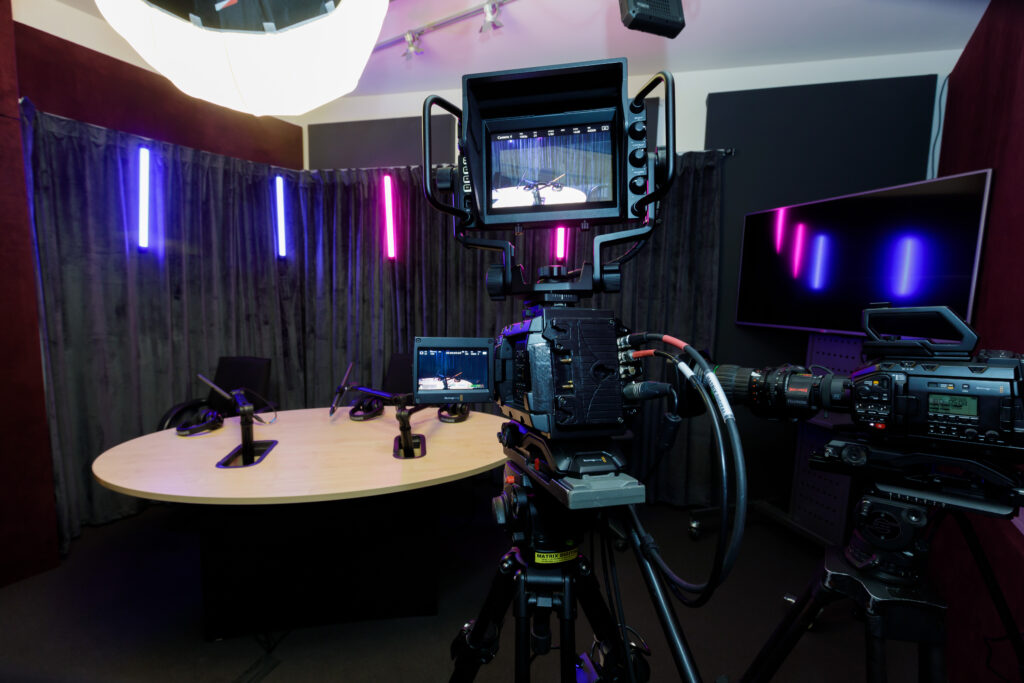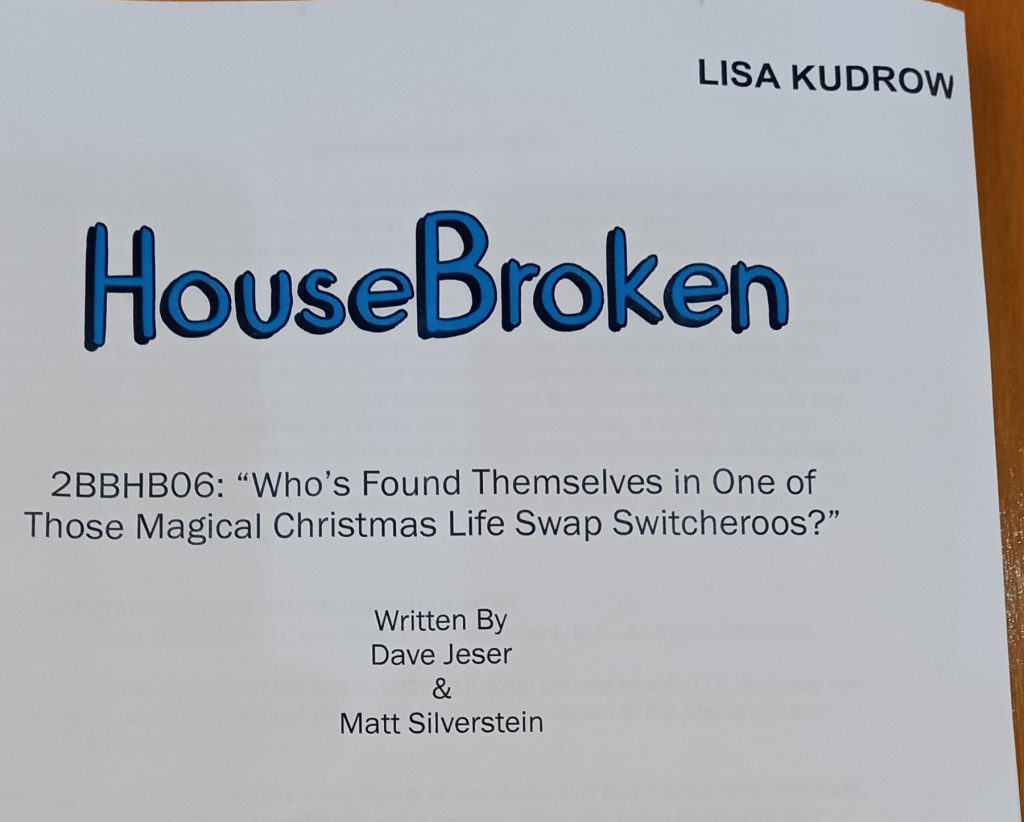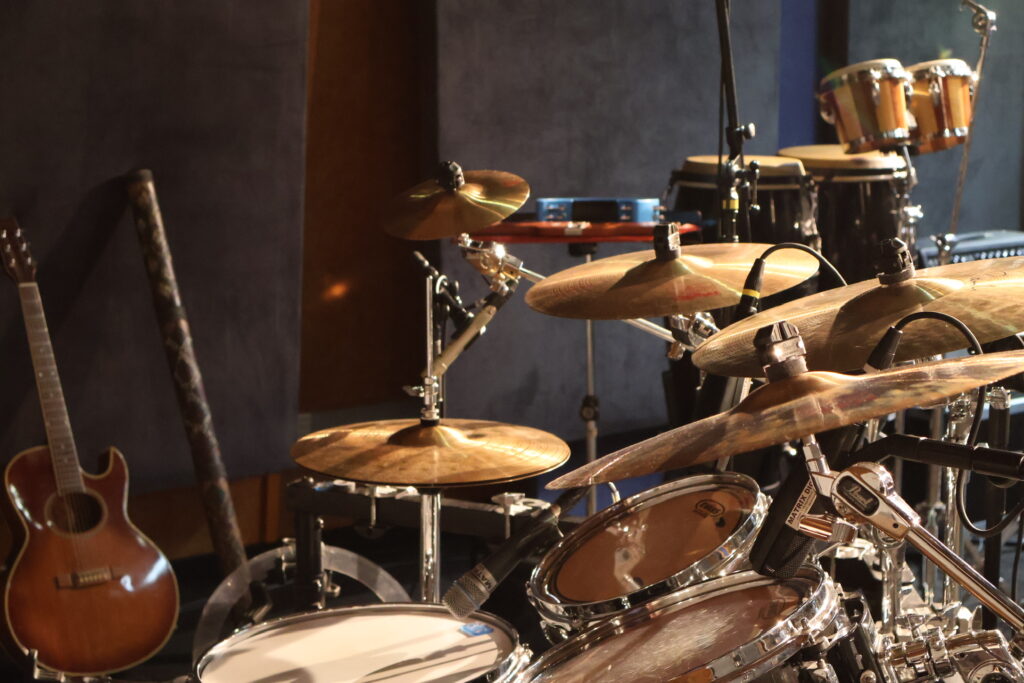We’re well into the 21st century, so digital technology is essentially a foregone conclusion when it comes to professional audio production. However, there has been a recent resurgence of interest in analogue audio technologies; records reinstating themselves as the primary medium for consumer-enthusiasts, outboard analogue gear persisting in the effects chains of both live and studio engineers, and recording-to-tape resurfacing as a desired sound for parts or entireties of music productions.
Let’s take a look at the benefits of Digital Audio Production, why it permeates the industry so thoroughly, and some of the places where it falls short and gives analogue media a chance to shine.
By far the number-one benefit of Digital Audio systems, and the primary reason for their takeover at the beginning of this century, is the significant reduction in cost and complexity that they provide. The cost for tape itself, as well as all the manhours required to upkeep equipment, store, cut and prepare tape systems, restore mixes on analogue desks using photos, and many other now-obsolete processes, was astronomical.
In addition to pure cost value, creatively-costly mistakes were much more common too. Working with tape had numerous pit-falls; press record too early for a drop-in and you might irreversibly delete some of the ‘money’ take, forget to take a photo of an outboard compressor and you might never be able to retrieve the exact setting you had. We take for granted being able to hit Ctrl-Z if you accidentally chop the end off of a vocal phrase, but undo queues are something that ONLY digital recording allows for. Digital also allows for a much greater range of editing capabilities; live drums can be quantised onto a grid, or even just gently nudged in the right direction, singers can be tuned if they fall flat on a note, and their doubles can be artificially lined up. Modern music creators & consumers have become accustomed to this accuracy, and expect their music to be perfectly in time and in tune.
In short, Digital Audio Workstations (DAWs) allow for audio engineering to be a much cleaner, consistent, flexible, and inexpensive task.
That all sounds great! How could Digital Audio ever be beaten?
Well, everything we’ve discussed so far are practicalbenefits, so of course it’s time for us to get into feelings…
It’s important to begin with a quick explanation of how Audio reproduction works:
– Firstly, a physical sound wave is captured by a microphone and converted into an electrical signal that represents the actual sound. The electrical signal is able, through amplification, to control a piece of hardware such as a speaker, a magnetic tape write-head, or a vinyl cutter, thus physically replicating the sound source. This is the analogue audio process, and has been understood since the late 1800s, forming the basis of all audio production for the last 150 years.
– Moving on to digital audio; after the physical sound is converted into an electrical signal, the electrical signal is run into a piece of equipment called an Analogue to Digital Converter (ADC). This unit essentially ‘reads’ the electrical signal and converts it into digital data – 1s & 0s – that can be displayed and altered on a computer. The process is then reversed by the Digital to Analogue Converter (DAC), turning a complex data signal into an analogue electrical signal, which then produces the physical audio through hardware like a speaker.
– In theory, the main difference in the information being transmitted is that analogue media is a continuous representation of sound (the curvature of soundwaves are truly curved, and can only be read or written across time), while digital audio is broken into discrete values (each moment – sample – is a fixed value). In practice, a modern digital audio system will result in a more accurate representation of sound than any analogue medium. Much of the development of ADC & DAC systems in recent history has been to ensure that these discrete values are accurately and transparently converted into pleasant analogue audio.
Phill said something interesting about working with tape:
“A lot of the cons of tape actually turn into positives if you want them”
Analogue gear shines in its ability to impart character on the sound. Digital audio, for all its workflow benefits, is specialised to represent the audio signal as cleanly as possible. But often musicians don’t want things to be clean. They want honesty, emotion, and warmth. When you drive your voice into a tape machine, it compresses and distorts, often resulting in a warm, natural sounding grit when you sing the loudest parts of the song. This is possible to replicate digitally, but many would argue you can never really achieve an identical sound.
Outboard analogue gear is still popular in studio and live-sound scenarios because engineers are able to physically adjust settings, know that a soundwave is being physically altered by those settings, with no latency, and in a way that is often described as ‘smooth’ or ‘warm’.
Remember all those benefits of editing in a DAWs? Editing drums, tuning singers, etc.
There are a lot of music practitioners who would argue it’s exactly these things that ‘ruin’ music. Those little imperfections in the recording process are what give great records their feel. If you’re using a computer to fix everything, what’s the point in doing it? You’re a musician – an artist. Your authenticity is the only thing that matters. Get yourself a four-track tape machine and record everything like The Beatles did. Then you’ll be a REAL musician.
OK, so that’s an extreme example, but my point is to outline the bounds of this spectrum.
The beauty of the modern music industry is that you can choose where you want to sit. You get to decide where your art is at its best, which techniques make you feel the things you want to feel, and which processes make the most of your creativity.



